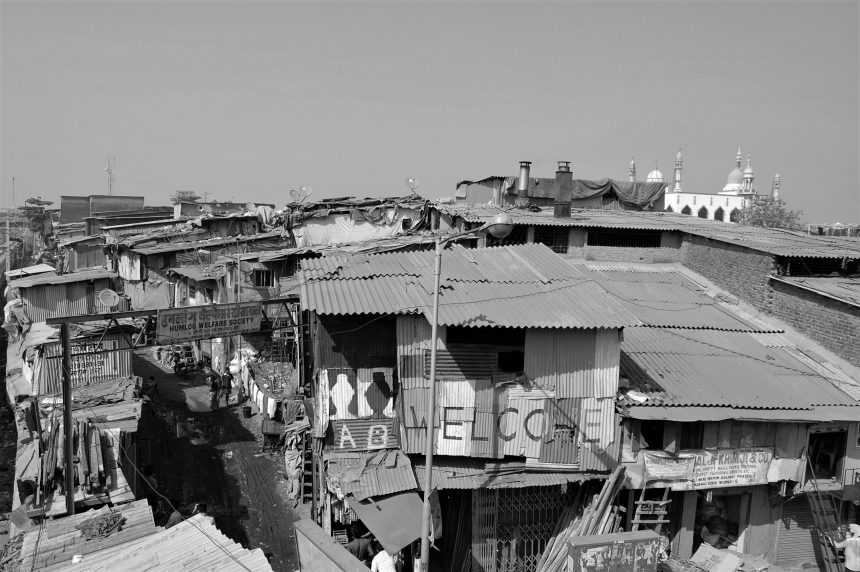A dark, small huts with knobbles doors, mess, stench, the garbage-strewn tapered pathways, poverty and dirtiness.
Our species had gotten off our planet and landed in a new world – on the moon. But when you arrive to Dharavi, the first questions which come to mind is how come places like this still exist in the 21st century, and how could someone possibly spend his life there? Yet, some of the one million souls living there had been around for three generations.
A tour through the narrow alleys was quite an experience. My heart was filled with pity, affection, and love for those dwelling there with vigour and liveliness. Although the livelihood in Dharavi may lack basic amenities, but I could feel a sense of community and a spirit of people standing together, shoulder to shoulder.
When you visit places like Dharavi, what you are really getting is a great lesson of gratitude, which is about spending more time enjoying what you already have and less time worrying about what you may be missing out, and the realization that it’s the people in your life who give it true meaning, and not the ‘stuff’.
For many, Dharavi is known as the ‘largest slum in Asia’, an embarrassing eyesore in the middle of Mumbai, India’s financial capital. Its residents call it home.

